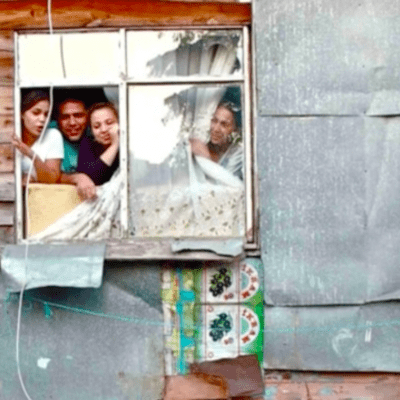Details
Article
Learning about the Roma experience in Europe is not only about learning history. It is about understanding the presence, and it is also an insight into a common European future.
Explore the European Roma’s history and the contemporary issues they face regarding race, identity, discrimination, and their impacts on European politics through the second unit of Humanity in Action Denmark’s and CanopyLAB’s e-course.
Who are the Roma/ni people? And why is this question important? During this 4-week course, distinguished scholar, journalist and activist Konstanty Gebert analyses the experiences of the Roma people of Europe starting from the Porajmos – the Roma Holocaust (also known as Pharrajimos, or Porrajmos). Often called a forgotten chapter in European history, the Porajmos is important to not only the Roma but also European history and identity at large, because the Roma are fundamentally European people.
Overview of Unit 2
As tension rose between the powers in the Eastern Bloc, led by the Soviet Union, and the Western Bloc, led by The United States, in the years after World War II, the different political climates of Eastern and Western Europe had distinctive impacts on the Roma. Konstanty Gebert argues that in Eastern Europe, the communist system to some extent had the effect of including the Roma into larger society. Meanwhile in Western Europe, efforts by Roma activists to gain recognition for the suffering of the Roma during World War II emerged but were largely unsuccessful.



